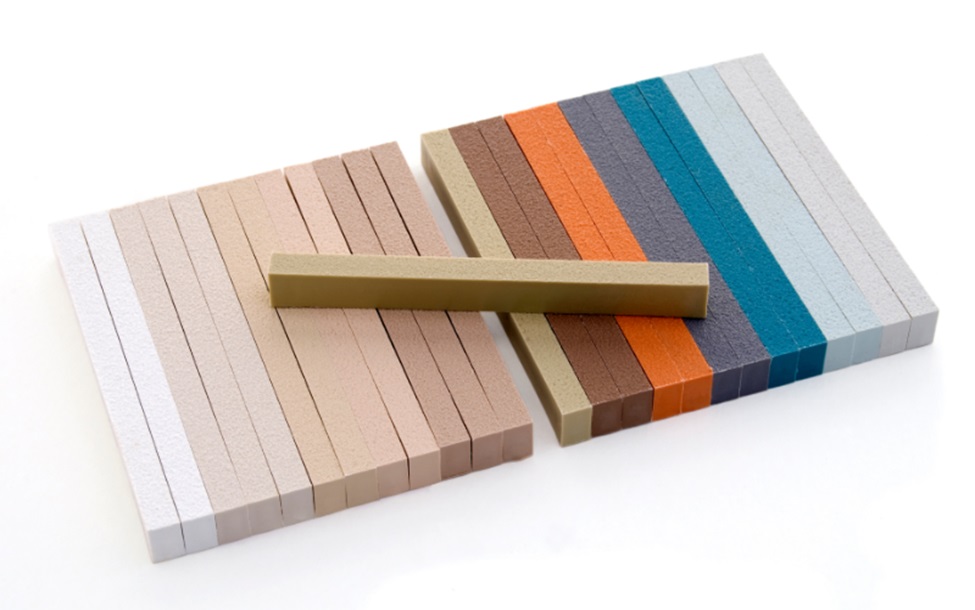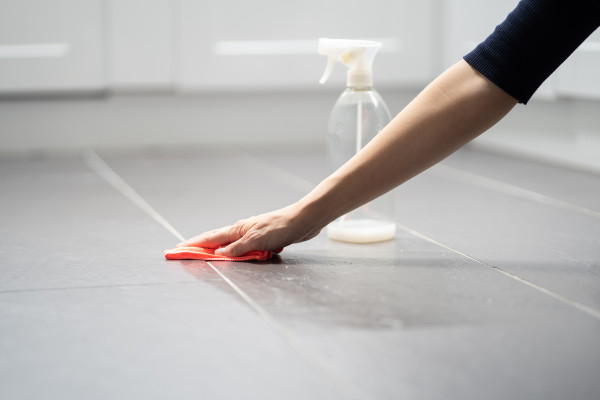
When it comes to tiling, the grout you choose is just as important as the tiles themselves. The right grout not only holds your tiles in place but also contributes to the overall aesthetic and durability of your flooring or wall. With various types of grout available, each suited for different conditions, making the correct choice can significantly impact the look and longevity of your tiling project. Here’s a comprehensive guide to help you choose the right tile grout for your Singapore home.
1. Consider the Type of Tile Grout
The first step in selecting the right tile grout is understanding the types available. The most common types are cementitious grout, epoxy grout, and urethane grout. Cementitious grout, made from a mixture of cement, water, and sand, is widely used and suitable for areas not exposed to high moisture. Epoxy grout, known for its durability and stain resistance, is ideal for areas prone to water exposure like bathrooms and kitchens. Urethane grout, a recent innovation, offers flexibility and ease of use, making it suitable for various applications. In Singapore’s humid climate, epoxy grout may be the best option for its superior water resistance and long-lasting performance.
2. Assess the Location and Usage
The location and intended use of your tiles play a crucial role in deciding which grout to use. For instance, the grout you choose for a bathroom or kitchen will differ from that used in living areas or bedrooms. High-moisture areas such as bathrooms and kitchens demand grout that can withstand water exposure and prevent the growth of mould and mildew. Epoxy grout is particularly suited for these areas due to its water-resistant properties. For outdoor spaces or areas with high foot traffic, choose a grout that can endure weather conditions and wear, such as cementitious or epoxy grout. By selecting a grout that matches the specific needs of each area, you can ensure both durability and aesthetic appeal.
3. Choose the Right Grout Colour
Grout colour significantly influences the overall look of your tiles. It can blend seamlessly with the tiles or provide a contrasting effect that makes it stand out. Neutral grout colours like grey and beige are popular choices as they tend to match most tiles and create a harmonious look. On the other hand, if you want to highlight the shape and pattern of your tiles, a contrasting grout colour can add a striking effect. When choosing grout colours, consider the style and tone of your home and the maintenance required. Lighter grout colours may need more frequent cleaning, and darker shades can hide dirt and stains more effectively, which is particularly beneficial in a busy household.
4. Pay Attention to Grout Width
The width of your grout lines can dramatically alter the appearance of your tiled surface. Narrow grout lines create a sleek and modern look, making the tiles appear more continuous. In contrast, wider grout lines can add texture and definition, giving a more rustic or traditional feel. The choice of grout width should also take into account the type of tiles you are using. For instance, large format tiles typically work well with narrow grout lines, smaller tiles may benefit from wider lines that add character. It’s also worth noting that wider grout lines may require sanded grout for added strength, particularly in areas with heavy foot traffic.

5. Understand the Maintenance Requirements
Epoxy grout, while more expensive upfront, requires minimal maintenance and offers excellent stain resistance, making it a practical choice for busy households or commercial spaces. Cementitious grout, on the other hand, may require sealing to protect it from stains and water damage, especially in wet areas. Regular cleaning is essential to keep grout looking fresh, regardless of the type you choose. In Singapore, where humidity can lead to mould growth, selecting a grout that is easy to clean and resistant to moisture can save you time and effort in the long run.
6. Consider Environmental Impact
Sustainability is becoming increasingly important in home renovation projects, and choosing environmentally friendly grout can contribute to this goal. Some grouts are made with recycled materials or low VOC (volatile organic compounds) content, making them better for indoor air quality and the environment. If environmental impact is a concern for you, look for grout options that are certified as eco-friendly. This not only helps in reducing your carbon footprint but also ensures a healthier living space for your family.
7. Seek Professional Advice
If you’re unsure about which grout to choose, don’t hesitate to seek professional advice. Tile specialists and contractors have the experience and knowledge to recommend the best grout. They can also help you avoid common pitfalls, such as selecting a grout incompatible with your tiles or choosing the wrong colour. In Singapore, where the climate can be challenging for home maintenance, professional guidance can be invaluable in ensuring your tiling project is successful.
Conclusion
Selecting the right tile grout for your Singapore home is a crucial step in achieving a beautiful and long-lasting finish. By considering the type of grout, location, grout colour, width, maintenance needs, and environmental impact, and seeking professional advice, you can make an informed decision that enhances the overall look and durability of your tiles.
For further details on choosing the right tile grout for your Singapore home, visit Mapei Far East’s website.

